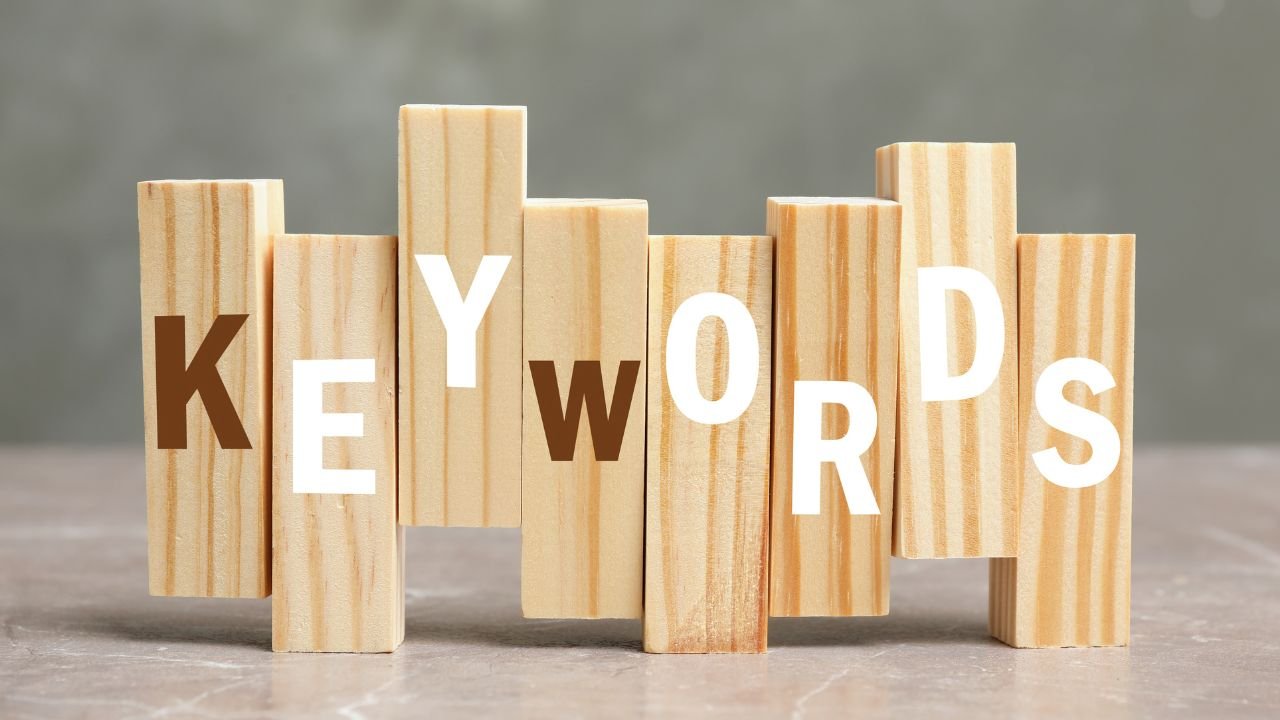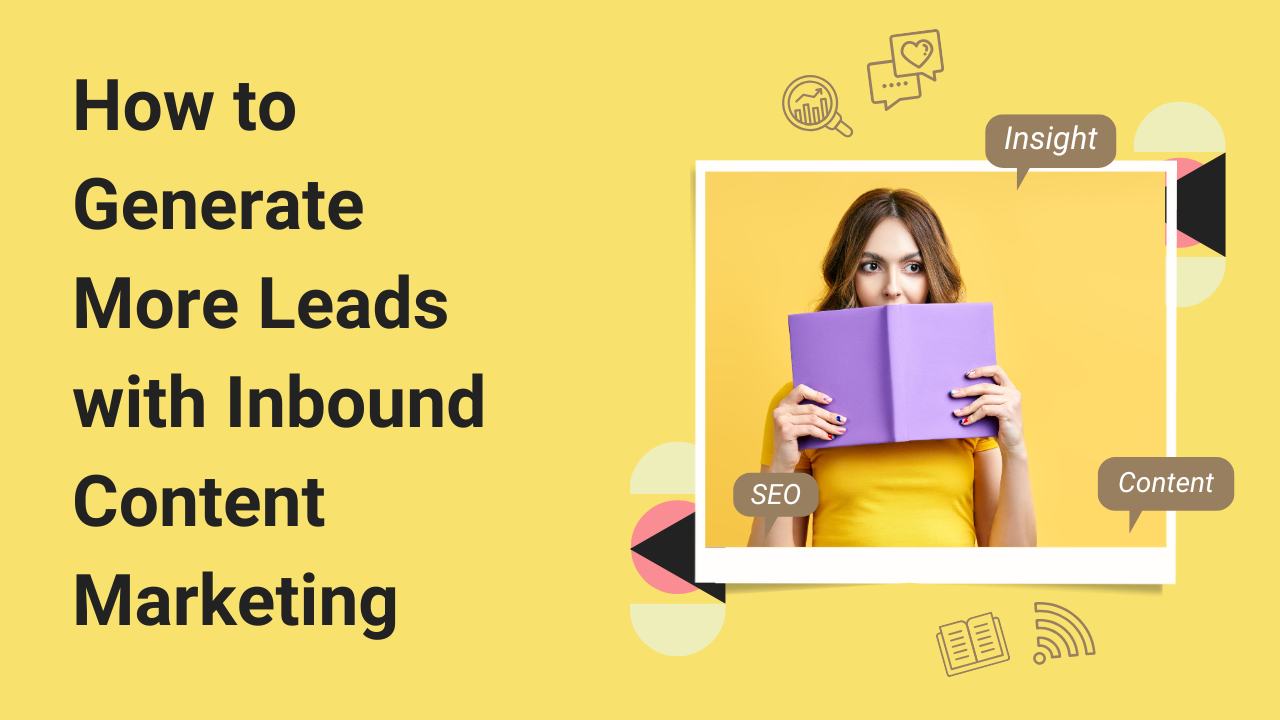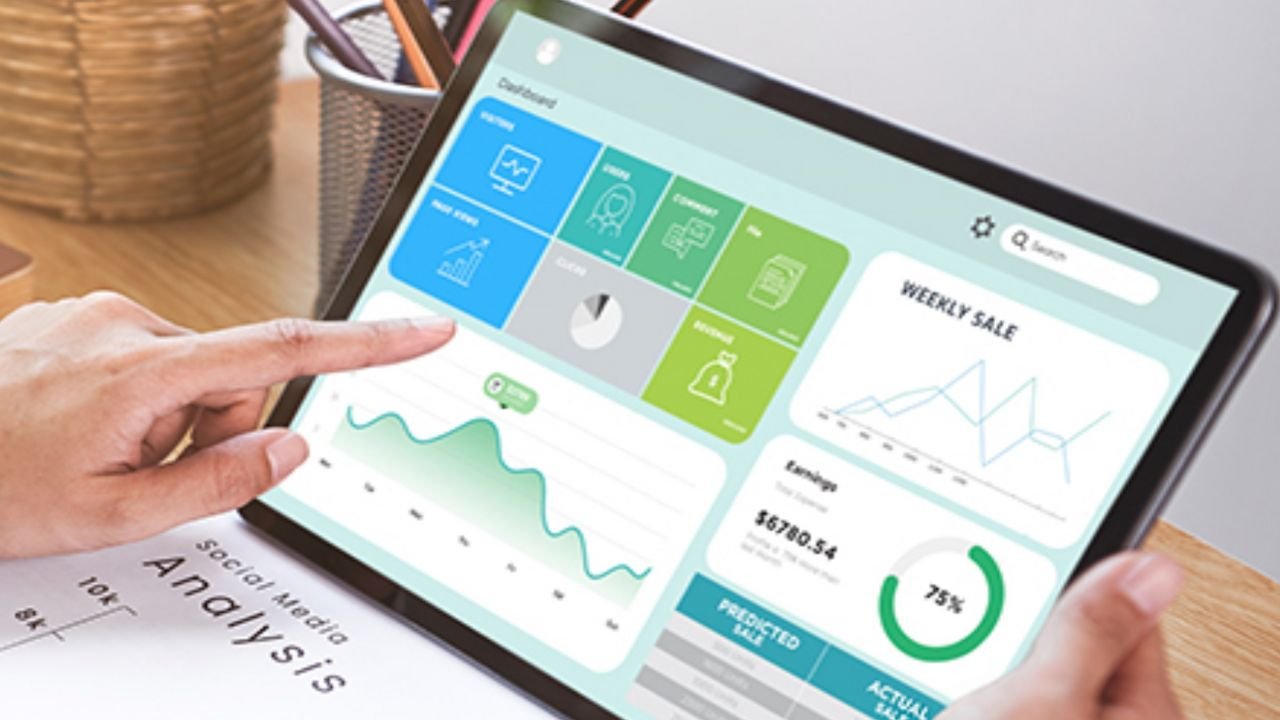- High-intent keywords have become the foundation of a successful digital marketing strategy. They showcase the search terms that are commonly used by audiences who want to make a purchase or take an action. The present online landscape has become competitive; it has become essential for brands to understand and leverage high-intent keywords to attract casual visitors and convert potential customers. Businesses that have opted for SEO professional services or follow a detailed content marketing guide, and use a reliable keyword research guide, are more than likely to recognize these conversion opportunities and achieve measurable ROI.
What are high intent keywords?
- High intent keywords are typically the search phrases that showcase the strong intention of the user to take an action, usually to purchase, sign up, or contact a business. These keywords showcase that the searcher is ready to buy the product. For instance, if someone searches for “purchase running shoes online,” it will show that the buyer is at a clear decision-making stage rather than just doing the research.
Why are high intent keywords important in 2025
- High intent keywords have become more significant in 2025 because of the search behavior of audiences and the changing AI-powered ranking systems of Google. These systems are increasingly focusing on reward-intent-driven content. The digital landscape has become more saturated due to the rise in COC costs, and emphasis of algorithms of user satisfaction, focusing on these keywords creates a direct impact on ROI, conversions, as well as visibility.
- In the year 2025, high intent keywords help businesses to reduce wasted ad spend and generate better traffic. Users who search for phrases such as “buy”, “purchase”, “subscribe” have shown that they are ready to take the action, which further leads to shorter sales cycles as well as higher conversion rates.
- The advanced systems of Google, such as BERT, MUM, and the Helpful Content Updated, has started to prioritize content that is aligned with the search intent of the users. In the present scenario, optimizing content for intent has become crucial for brands in order to maintain rankings and visibility. This is because search engines understand context and sentiment with better nuance.
- Lastly, the rates of cost-per-click are increasing because of digital ad competition, targeting commercial internet keywords that ensures that each click brings potential customers, and not casual visitors. The precision targeting also improves cost efficiency across both SEO as well as PPC campaigns.
How to recognize high intent keywords
- Identifying high intent keywords implies recognizing search terms that provide a signal in identifying that a user is ready to make a purchase, sign up, and take a decisive action. The high intent keywords usually appear at the bottom of the sales funnel, and are typically marketed by commercial or transactional intent. Here are some of the ways to identify high intent keywords
Action-oriented language
- High intent keywords usually contain verbs that showcase immediate goals like “purchase”, “order”, “download”, “get a quote”. For instance, “hire SEO consultants near me” clearly showcases a user’s readiness to hire an SEO specialist.
Commercial modifiers
- Words such as “quote”, “demo”, “review”, or “compare”, shows that a user is comparing or assessing final options before converting.
Position in the funnel
- High intent keywords usually arise at the bottom-of-funnel stage. This implies that a user has completed all the steps and is ready to take an action, for instance, “sign up for free trial”, which usually indicates a user’s readiness to opt for a specific service.
Specific and detailed phrasing
- High intent keywords are usually long-tail keywords that showcase a clear and narrow focus of a user, like “affordable corporate lawyer in Dubai”. High detail usually implies that a person has moved beyond general research.
Geographic and temporal indicators
- Phrases that consist of urgency or locality, like ‘near me”, “available now”, or “today”, showcase how a user acts promptly, usually leading to strong conversion opportunities.
Tools and techniques to search for high intent keywords
Semrush keyword magic tools
- This tool provides intent filtering (transactional, navigational, informational, and commercial). It reveals which keywords increase sales-ready traffic. Semrush also allows competitor-based internet evaluation across SERPs.
LowFruits
- This tool focuses on easy-to-rank transactional keywords with low competition. Its clustering showcases group keywords by search intent to improve targeting.
AI buyer intent platforms
- Tools such as Intently evaluate behavioral and search trend data from various channels to detect commercial intent in real time. They assess website visits, product interactions, as well as content engagement for advanced predictive targeting.
Ahrefs keyword explorer
- This tool is best for discovering long-tail keywords that have high transactional potential. It recognizes SERP features such as pricing or reviews, which indicates the buyer’s intention to make a purchase.
How to optimize content for high intent keywords
- Optimizing content for high intent keywords consists of aligning your content effectively with the readiness of the user to take action. Here is how to do it:
Understand user intent and buyer journey
- Understand the decision-making process of your audience, and target keywords that are used near the bottom of the sales funnel. This will indicate the readiness to purchase or engage. You can also use action-oriented phrases such as “purchase”, “subscribe”, and “schedule” naturally throughout your whole country.
Strategic keyword placement
- You can place primary keywords and related high intenet keywords carefully in titles, headings, URLs, and meta descriptions. Do not overstuff keywords, and maintain natural, readable flow, which will help search engines to understand the context of your content.
Optimize for user experience and engagement
- Ensure that your content is visually appealing, easy to scan, fast to load, and mobile-friendly. You can use clear headings, calls to action, and bullet points that navigate users towards conversion.
Improve semantic relevance
- In your content, include synonyms, related terms, and min entities that will enrich the content contextually and help search engines to understand the depth of your content. This will boost the ability of your page to rank various related queries.
Conclusion
- High-intent keywords are no longer just an SEO tactic — they’re the backbone of a results-driven digital marketing strategy. In 2025, with Google’s algorithms prioritizing search intent and user satisfaction, brands that ignore intent optimization risk losing visibility, traffic, and conversions. Understanding and leveraging high-intent keywords allows businesses to target users who are ready to act, leading to more efficient ad spending, shorter sales cycles, and higher ROI.
- Ultimately, success in modern SEO isn’t about ranking for the most searched terms; it’s about ranking for the right ones. By focusing on user intent, refining keyword research through advanced tools, and optimizing content for conversion readiness, businesses can attract qualified traffic and turn search visibility into measurable growth.






